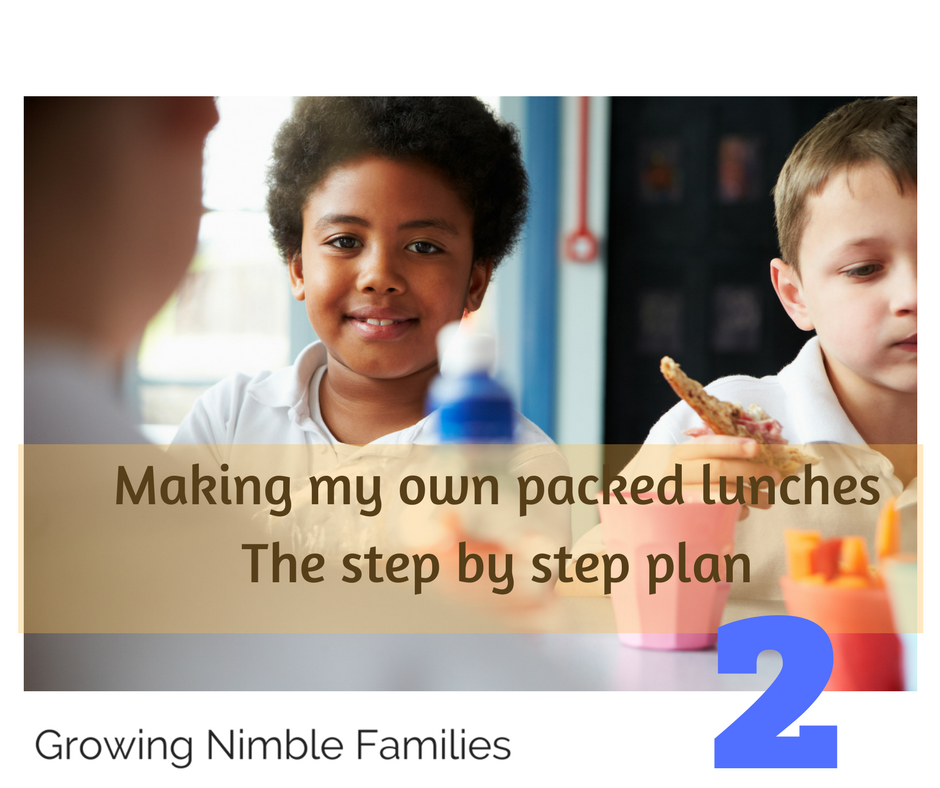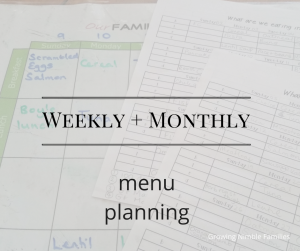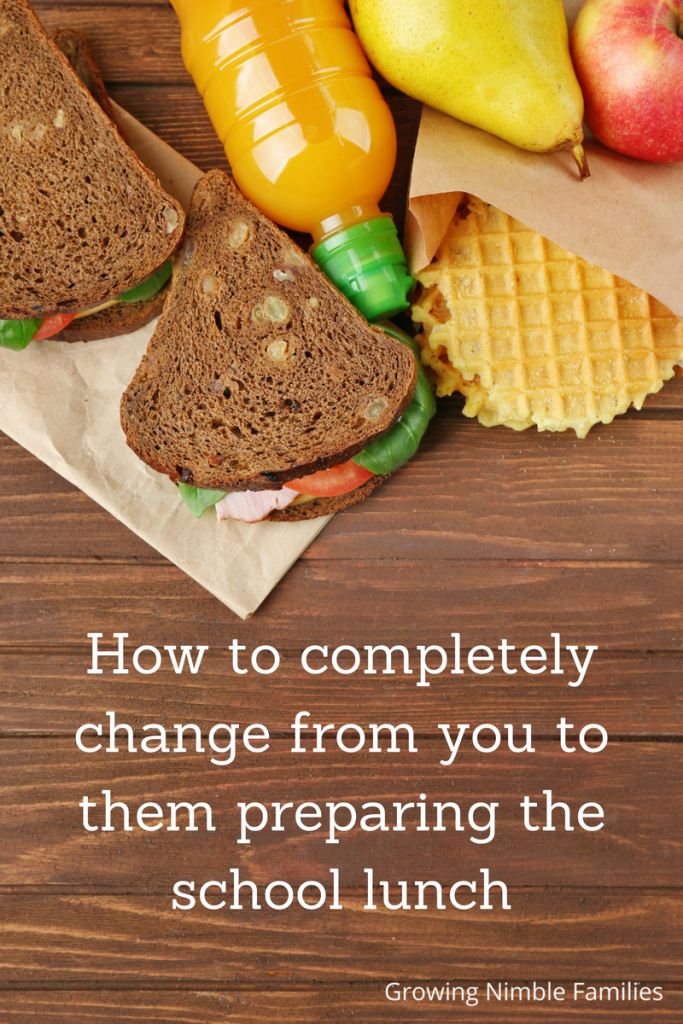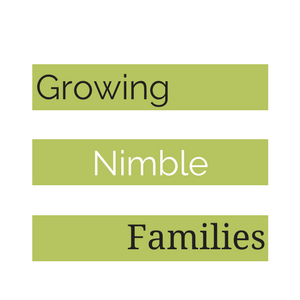 We started with Parent’s guide to transitioning from doing the packed lunch as a starting point for school age kids managing their packed lunch. For the lunchtime menu to work well there has to be a few rhythms and routines to master.
We started with Parent’s guide to transitioning from doing the packed lunch as a starting point for school age kids managing their packed lunch. For the lunchtime menu to work well there has to be a few rhythms and routines to master.
The second part of this system is a crucial step we often forget when we’re transferring knowledge in a family. It’s also what will give the most independence and confidence to your children.
3 Write it ( free printable- lunch menu plan)
Plan out the week’s lunch menu. Keep a copy for yourself and print it. We use a simple chart that I enlarged to A3 size and laminated. Each week it gets cleaned off on Friday/Weekend and rewritten for the following week. I have a monthly menu plan on paper. It’s usually mostly done. I have a copy kept in my Evernote to use when I shop. Anyone can write up the weekly menu with whiteboard pens. We like to alternate the colour to make it easier to read.
We’ve chosen to have the main item and some sides. Lots of families choose lots of smaller items for lunch.

This is a big deal. If you want your children to become more independent then all those ideas swimming in your head have to rest onto paper that everyone can see. The weeks when I don’t do a weekly menu plan or haven’t got to the monthly plan are much more chaotic, time crunched and fraught than when I plan. Over time this gets easier as you build up a bank of these menu plans and you can look back at October 2015 and just use that plan or adjust it a little.
Get your weekly menu and monthly menu template
4a Location
Teach the children where to find everything. It may seem obvious but it’s not at 5:45 am when they can’t find the snack bags and only the empty box someone kindly left. ( Can you see this has happened?)
Whatever you use for lunches make sure the kids can get to it. We have places for lunch bags, lunch boxes, wrappers and containers, lids, bottles, napkins, plastic bags and where all the spare ones live. Where do you find all the food? Depending on where you live the fridge or the counter might be where things live or the larder, the freezer outside or the cupboard in the other room where all the bulky stuff stays.
Where do you find all the food? Depending on where you live the fridge or the counter might be where things live or the larder, the freezer outside or the cupboard in the other room where all the bulky stuff stays.
Teach each child and encourage them to ask each other before they ask you. Often someone else is bound to know. Have safe stepladders about if they need to reach things and if necessary rules about when they can do it. When they put groceries away is the perfect time for children to see how tins are stacked, what goes in the fridge or which produce is rotated.
4b When it is finished
What will give support and confidence to the school age child as they master making their own packed lunch? Teach them to tell you when the box is getting low or empty. This is a big deal, bigger than before because with everyone using the resources, now, it’s important from the start that we collectively tell each other and especially the one who is buying the replacements so we all have what we need. When 4 people need a juice box and there are only 3 boxes left there’s going to be trouble ahead unless the day before someone mentioned the low juice box.
The focus so far is the structures so the process goes smoothly so eventually the children can do the whole process without you.
When they can see it for themselves they can take action.
We still want to be a good influence so they choose good food choices. Next time I’ll show you how

Series
Part 1: Parent’s guide to transitioning from doing the packed lunch
Part 2: How to completely change from you to them preparing the school lunch










